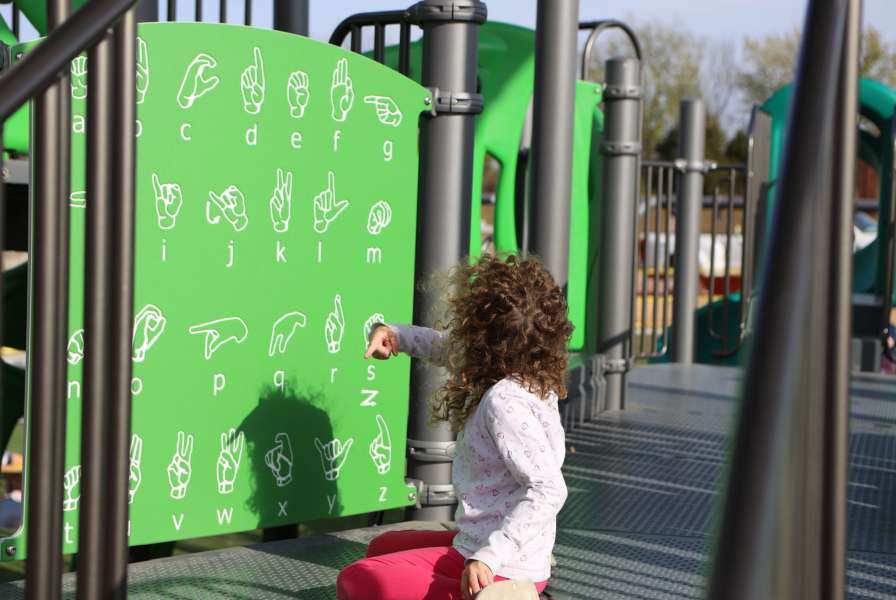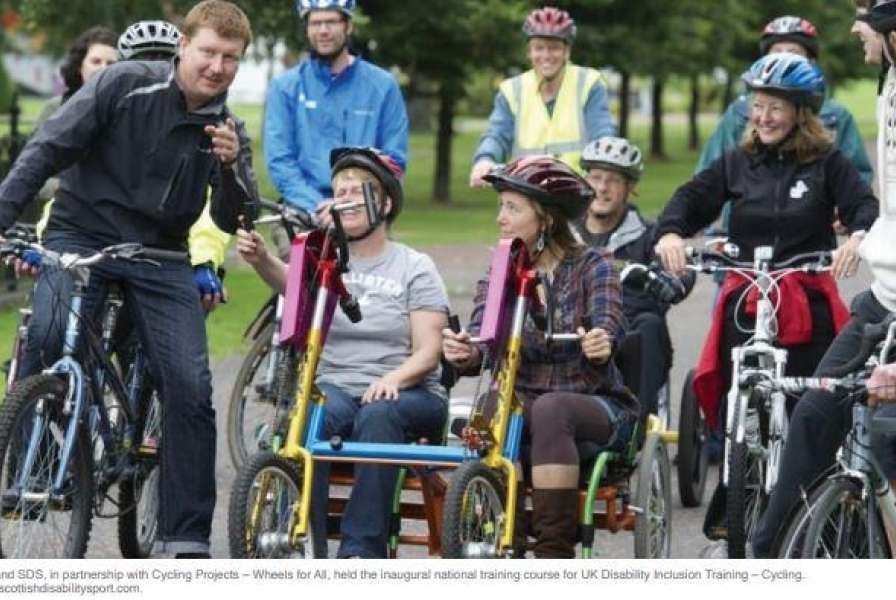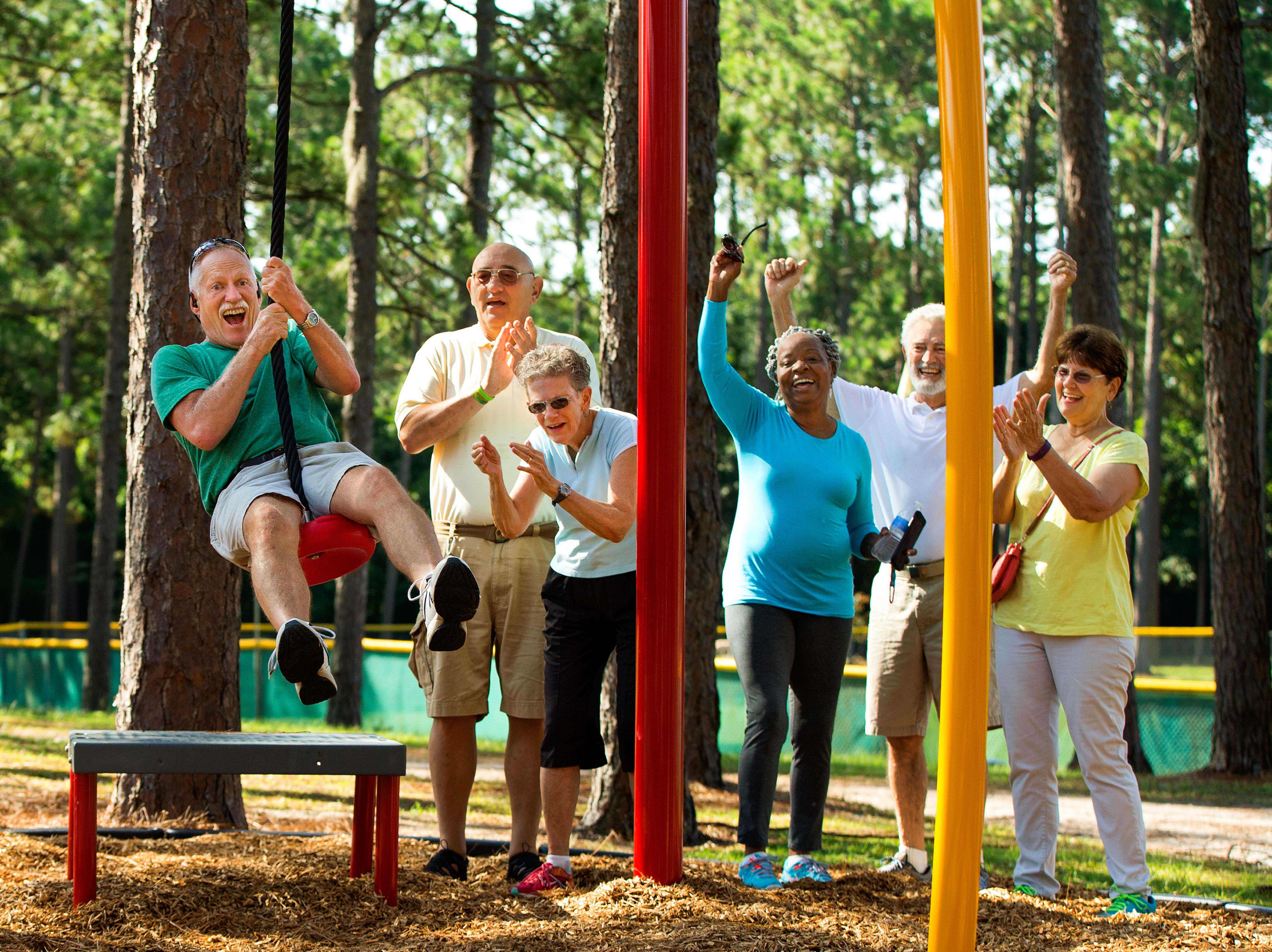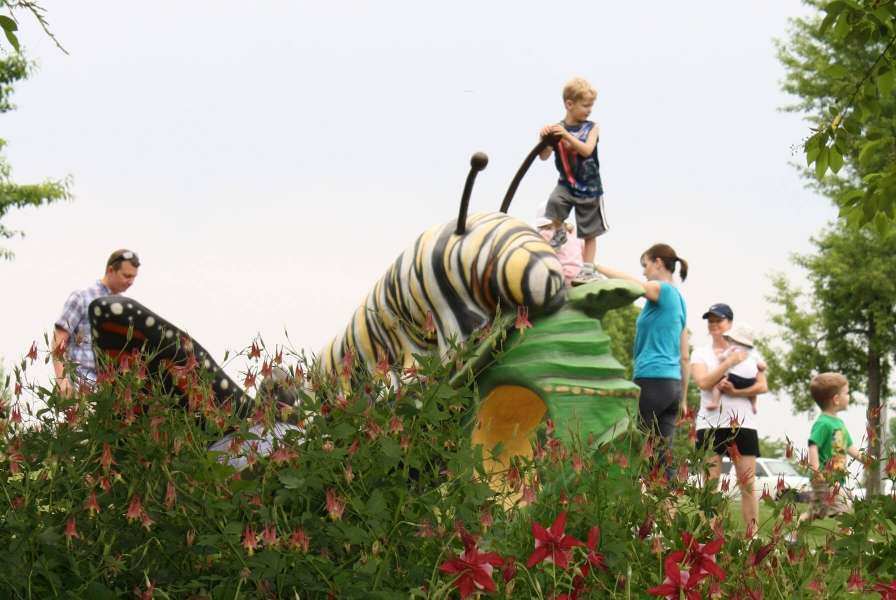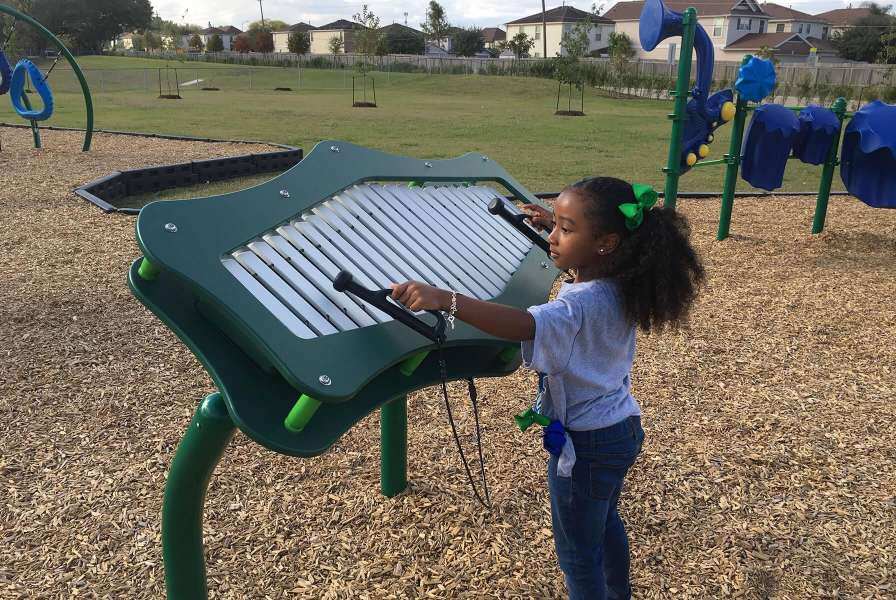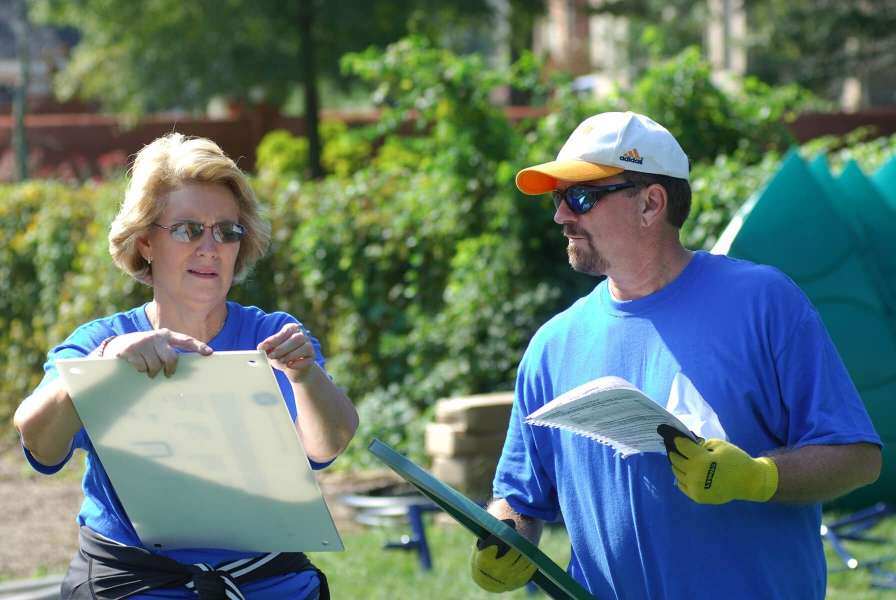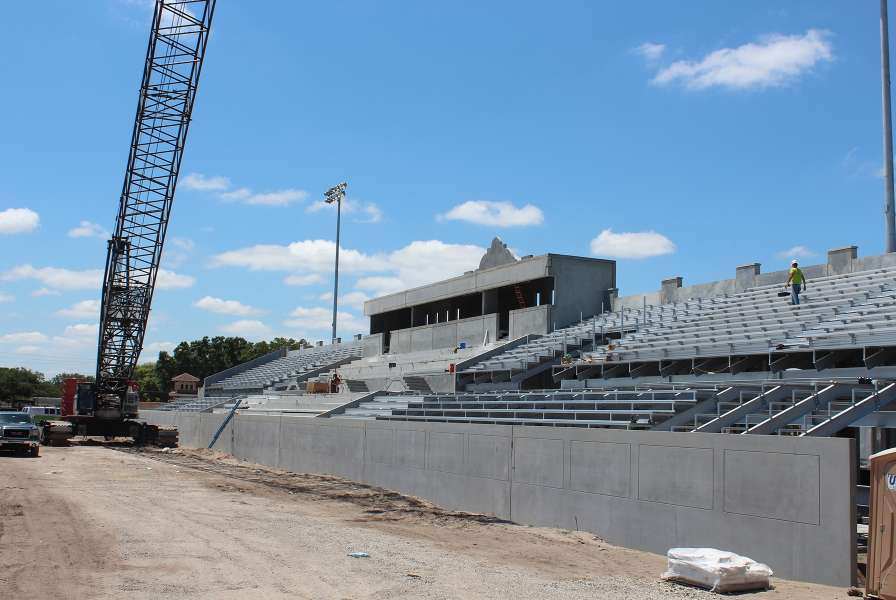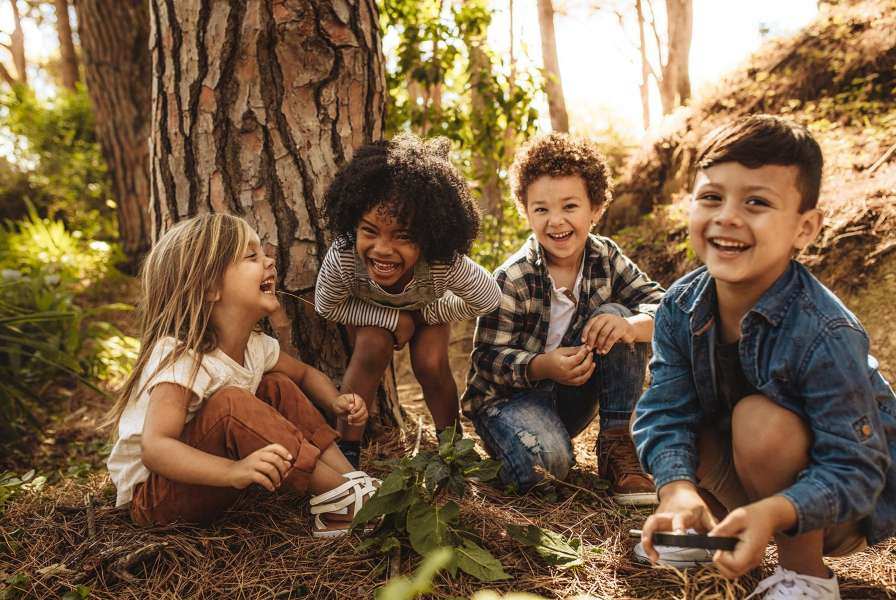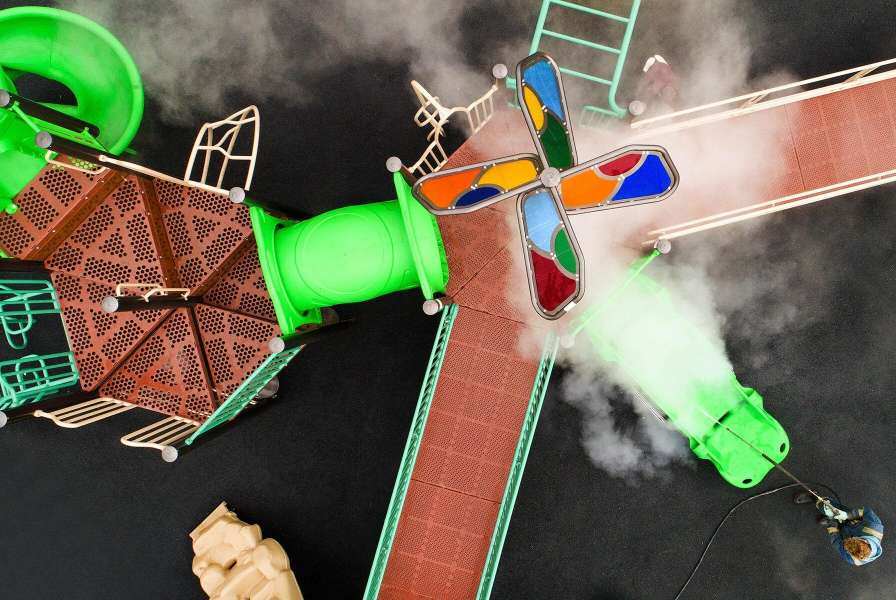Create a positive, welcoming environment and raise everyone’s comfort levels when interacting with people who have disabilities. Use these disability terminology tips to raise awareness and champion inclusive programs and spaces in your community!
DISABILITY LANGUAGE TIPS:
-
- A simple approach is to use person-first language. This puts the person before their disability to recognize that the person is not defined by their disability or condition, for example ‘a person with a disability’.
- An important exception to the rule of person-first language is Identity-first language. This is a way some individuals with disabilities prefer to emphasize what they consider to be an inherent part of their identity. In this case, a person may choose to put their condition or disability first as a positive label, for example, ‘autistic person’.
- Language should focus on the abilities of the individual and the accommodations that support them.
- Avoid making statements that reinforce negative stereotypes or that generalize characteristics of individuals with specific disabilities. No two individuals are alike.
- Only refer to the person’s disability if it is relevant.
- Language is complicated and always evolving. The language you choose to use may depend on your audience, whose experience you are trying to capture, and to honor the individual’s unique language preferences and rights to decide how they wish to be described.
When in doubt, just ask!
DISABILITY LANGUAGE EXAMPLES
Preferred | Outdated/Avoid
|
A person with a disability, special needs |
handicapped person, disabled individual, special needs child |
|
An individual with Down syndrome |
a Down’s child, Down’s syndrome |
|
People who are neurodivergent |
a neurodiverse person |
|
a person with autism or autism spectrum disorder is a safe bet, however many in the autistic community strongly prefer identity-first language, such as autistic people |
Asperger’s syndrome |
|
people who use wheelchairs, other mobility devices, adaptive equipment |
a person confined/bound to a wheelchair, wheelchair-bound |
|
people with a communication, language, or speech disability |
people who are nonverbal, can’t communicate/talk, have a speech impairment or disorder |
|
people with cognitive, intellectual, learning, or developmental disabilities |
mentally challenged, mentally retarded, slow, low-functioning |
|
person with traumatic or acquired brain injury |
brain damaged |
|
child who is non-disabled or children without disabilities |
healthy, able-bodied, normal, typically developing |
|
person with a congenital disability |
birth defect, abnormality |
|
people who are deaf (use with profound hearing loss), have a hearing loss, or hard of hearing |
the deaf, deaf person, deaf and dumb, hearing impaired |
|
person with physical disability |
person who is crippled, handicapped, deformed, has an abnormality, or that is physically challenged |
|
persons of short stature |
midget, dwarf, vertically challenged |
|
people with emotional or psychiatric disabilities |
the mentally ill, emotionally disturbed, bipolar, crazy |
|
people with cerebral palsy, autism, diabetes, Tourette syndrome, dyslexia, epilepsy, |
suffering from, afflicted with, victim of, or stricken with cerebral palsy, autism, diabetes, Tourette syndrome, dyslexia, epilepsy, etc |
|
people with health/medical needs or specific related conditions |
medically fragile, sick |
Download this and a inclusive features checklist to keep learning!
Request Beyond the Minimums: Disability Park Awareness
